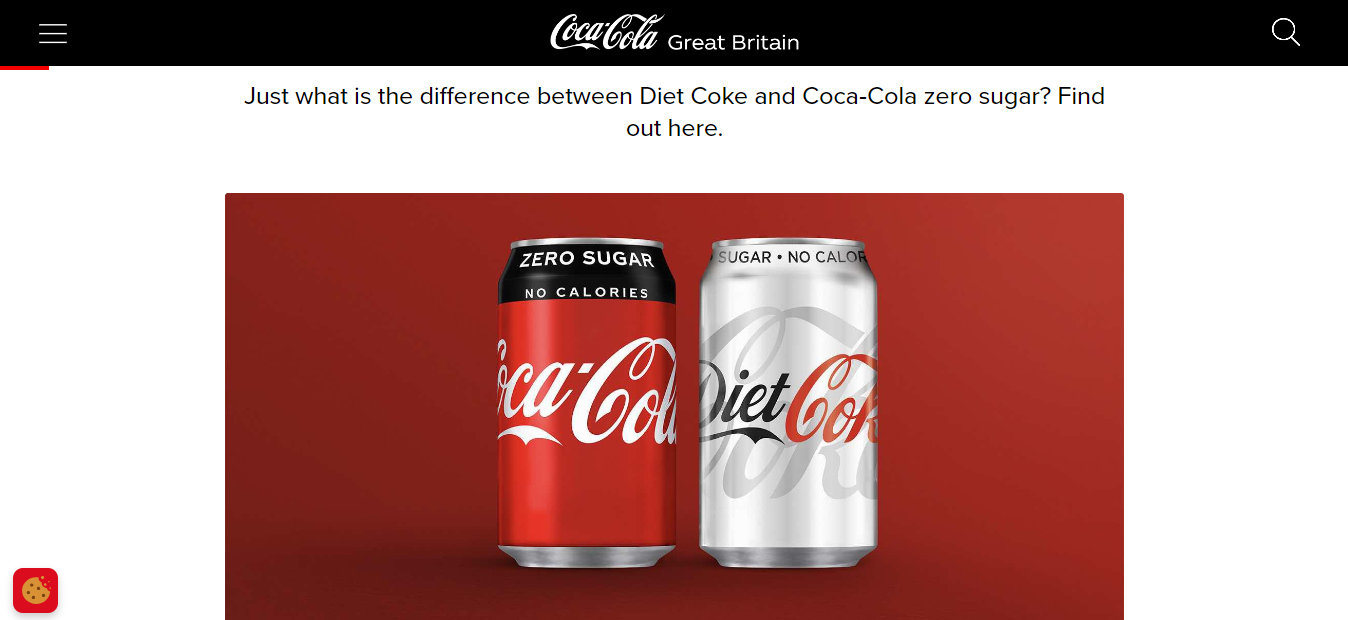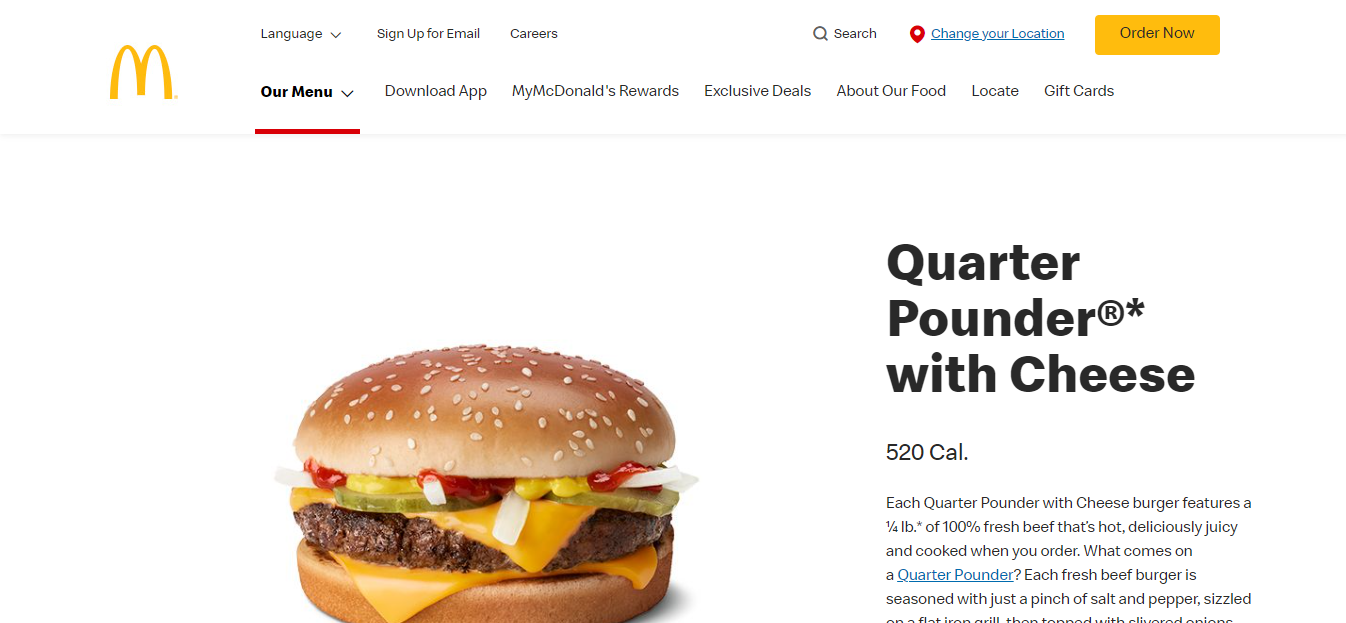Defining Marketing Cannibalization
Causes of Marketing Cannibalization
Effects of Marketing Cannibalization
Strategies to Mitigate Marketing Cannibalization
Marketing cannibalization, a phenomenon that poses challenges to businesses striving for growth and market expansion, refers to the unintended consequence of a company’s own marketing efforts.
In the ever-evolving world of marketing, businesses strive to introduce new products, expand their market share, and stay ahead of the competition.
However, this pursuit of growth can sometimes come at a cost.
Enter marketing cannibalization, a concept that highlights the potential drawbacks of a company’s own marketing efforts.
In this article, we delve into the world of marketing cannibalization, exploring its definition, causes, and strategies to mitigate its negative effects.
Defining Marketing Cannibalization

Marketing cannibalization refers to a situation where a company’s new product or marketing campaign unintentionally eats into the sales and market share of its existing products.
This phenomenon occurs when a company’s own marketing efforts target the same customer segment or overlap with an existing brand extension product’s offerings, leading to internal competition rather than attracting new customers.
Planned Cannibalism
Planned cannibalism, also known as strategic cannibalization, is a deliberate marketing strategy employed by companies to intentionally cannibalize their own products or services.
While it may seem counterintuitive, planned cannibalism is often utilized as a proactive approach to maintain market dominance, drive innovation, and capture new customer segments.
Automotive Industry

Automotive manufacturers often introduce new models that may cannibalize their existing product lines.
For example, an automobile company might release a hybrid or electric vehicle option that competes with its traditional gasoline-powered vehicles.
By doing so, they aim to adapt to changing consumer preferences, environmental concerns, and government regulations while maintaining their current market- share and staying ahead of competitors.
Retail Industry

Retailers with private-label brands often strategically introduce the same products as store-brand alternatives that may compete with existing national brand products.
By offering their own lower-priced alternatives, retailers can capture price-conscious consumers and retain customer loyalty.
Although this planned cannibalization may result in reduced sales of national brand products, it helps retailers increase profitability and control their product offerings.
Streaming Services

In the competitive landscape of streaming services, companies like Netflix and Disney have practiced planned cannibalism.
They create original content that competes with licensed content from other studios or networks.
By investing in original programming, these companies aim to build exclusive content libraries and strengthen customer loyalty, even if it means potentially cannibalizing their own licensed content.
Planned cannibalism requires careful market analysis, segmentation, and product differentiation to minimize the negative impacts and maximize the overall market share and profitability.
By strategically cannibalizing their own offerings, companies can adapt to changing market dynamics, cater to evolving customer preferences, and maintain a competitive edge in the industry.
Causes of Marketing Cannibalization
Product Overlap On a Existing Product
Introducing a new product that closely resembles an existing one within the company’s portfolio can lead to cannibalization.
Consumers may opt for the newer product, even if it offers minimal differentiation, leading to a decline in overall sales, for the older product.
Pricing Strategies
In an attempt to capture market share or drive sales, companies often resort to price reductions or promotional activities.
However, these tactics may inadvertently lure customers away from higher-priced products within the same product line, resulting in cannibalization.
Targeting Overlap
If a company fails to clearly define and differentiate its target audience for various products, it runs the risk of marketing campaigns reaching the same customer segment multiple times.
This can create confusion and internal competition among the products.
Effects of Marketing Cannibalization
Market Share Distribution
Marketing cannibalization can significantly impact a company’s revenue stream.
Instead of generating incremental sales, it diverts existing sales from one product to another, resulting in diluted revenue across the product line.
Brand Confusion
When multiple products within a company’s portfolio compete with each other, it can confuse consumers about the brand’s positioning and offerings.
This confusion can erode brand loyalty and weaken overall brand equity.
Operational Inefficiencies
Cannibalization often leads to inefficient resource allocation, such as duplicate marketing efforts, redundant inventory, and increased production costs.
These inefficiencies can negatively increase cash flow, impact profitability and hinder growth potential.
Strategies to Mitigate Marketing Cannibalization
Clear Product Differentiation
Companies should ensure that new products have distinct features, benefits, or target different customer segments.
This helps to minimize the risk of cannibalization by providing consumers with compelling reasons to choose each product separately.
Targeted Marketing Campaigns
Precise audience segmentation and tailored marketing campaigns can help minimize cannibalization by reaching distinct customer segments for each product.
Understanding consumer preferences and behavior can aid in developing effective messaging strategies.
Mitigate Lost Sales
Careful pricing and promotion planning are vital to prevent cannibalization.
Companies must consider the impact of price reductions and promotions on their existing products and carefully target discounts to attract new customers without cannibalizing sales from existing ones.
Continuous Monitoring and Analysis
Regular monitoring of sales data, market trends, and customer feedback can provide valuable insights into potential instances of cannibalization.
This allows companies to take proactive measures, such as adjusting marketing strategies or product positioning, to mitigate its effects.
3 Examples of Market Cannibalization
Apple’s iPhone Models

Apple has faced instances of market cannibalization with its various iPhone models.
When the company releases a new iPhone version, it often leads to a decline in sales of older models.
Customers who would have purchased the older version opt for the newer model, resulting in cannibalization within Apple’s own product line.
Coca-Cola and Diet Coke

Coca-Cola encountered market cannibalization when it introduced Diet Coke as a low-calorie alternative to its flagship Coca-Cola brand.
While Diet Coke gained popularity among health-conscious consumers, it also attracted some existing Coca-Cola drinkers who switched to the diet version.
This led to a decline in sales of regular Coca-Cola and showcased the effects of cannibalization.
McDonald’s Quarter Pounder and Big Mac

McDonald’s faced market cannibalization when it introduced the Quarter Pounder with Cheese as a new menu item.
Some customers, who previously preferred the Big Mac, shifted their preference to the Quarter Pounder, resulting in a decline in Big Mac sales.
The introduction of a new similar product within the same brand caused internal competition.
Conclusion
Marketing cannibalization can pose significant challenges to companies aiming for growth and market expansion.
However, with careful planning, strategic differentiation, and targeted marketing efforts, businesses can minimize its negative effects.
By understanding the causes and consequences of cannibalization, companies can take proactive measures to navigate this double-edged sword and achieve sustainable growth in today’s competitive marketplace.
If you liked this article, consider reading another about Content Marketing Tools here.
FAQ
The cannibalization rate in marketing refers to the percentage of sales or market share that is lost from an existing product due to the introduction of a new product within the same company.
Additionally, it measures the extent to which the new product negatively impacts the sales of the existing product.
The cannibalization rate can be calculated using the following formula:
Cannibalization Rate = (Sales Lost from Existing Product / Total Sales of Existing Product) x 100
For example, if a company’s existing product generates $1 million in sales, and after introducing a new product, it experiences a sales loss of $200,000 for the existing product, the cannibalization rate would be:
Cannibalization Rate = ($200,000 / $1,000,000) x 100 = 20%
Businesses can employ several strategies to it, including clear product differentiation, targeted marketing campaigns, pricing and promotion strategies, and continuous monitoring and analysis.



